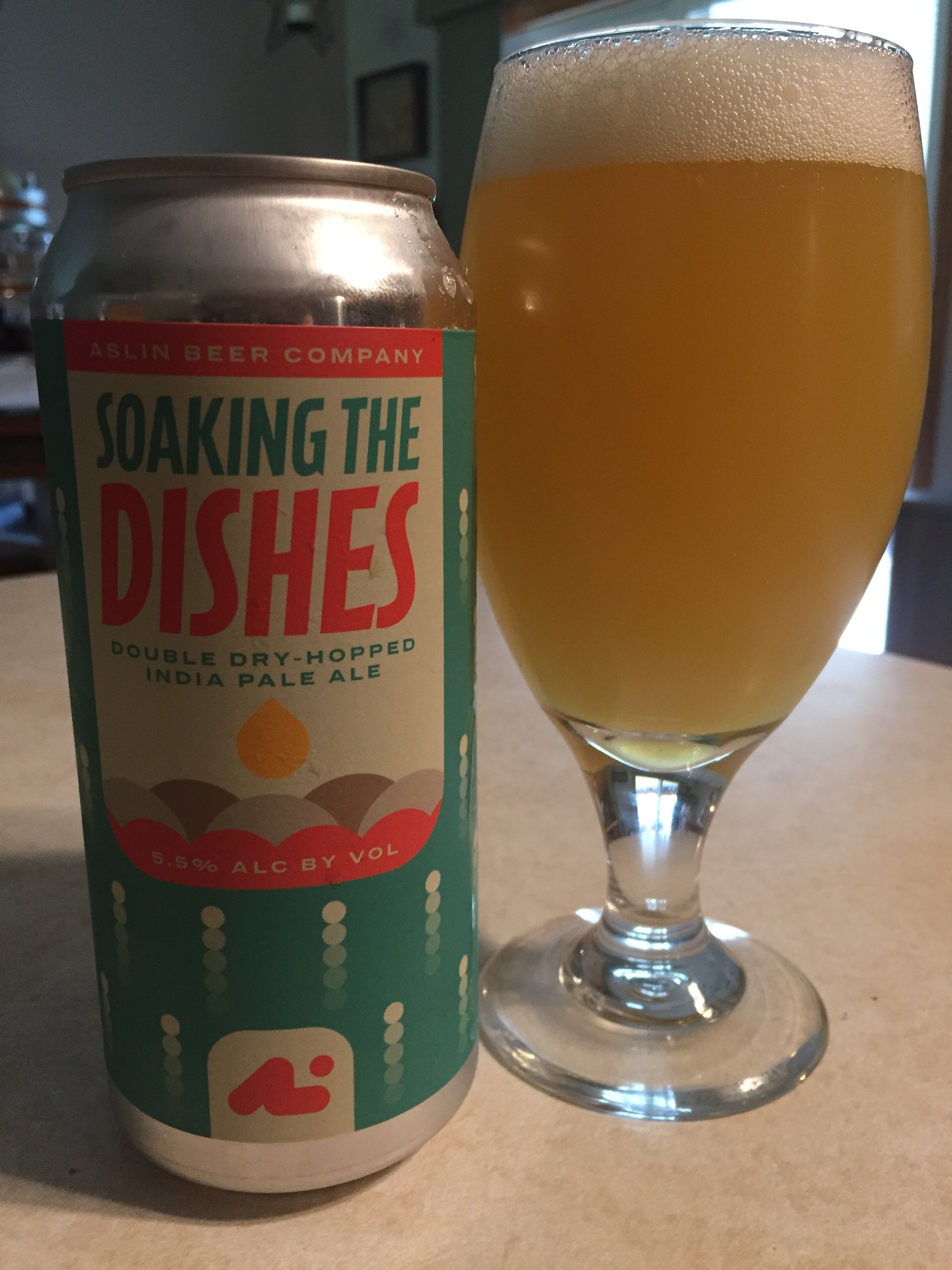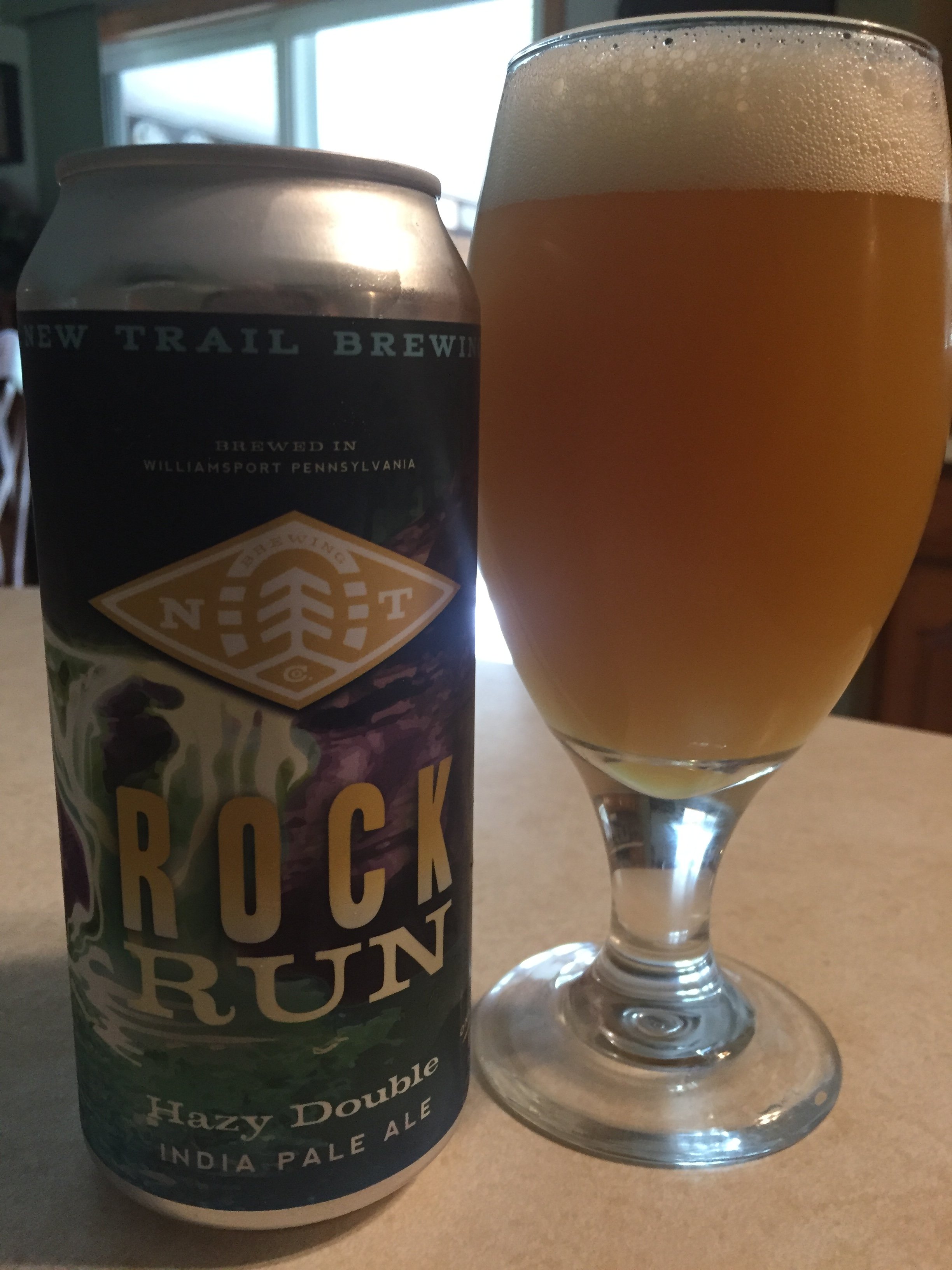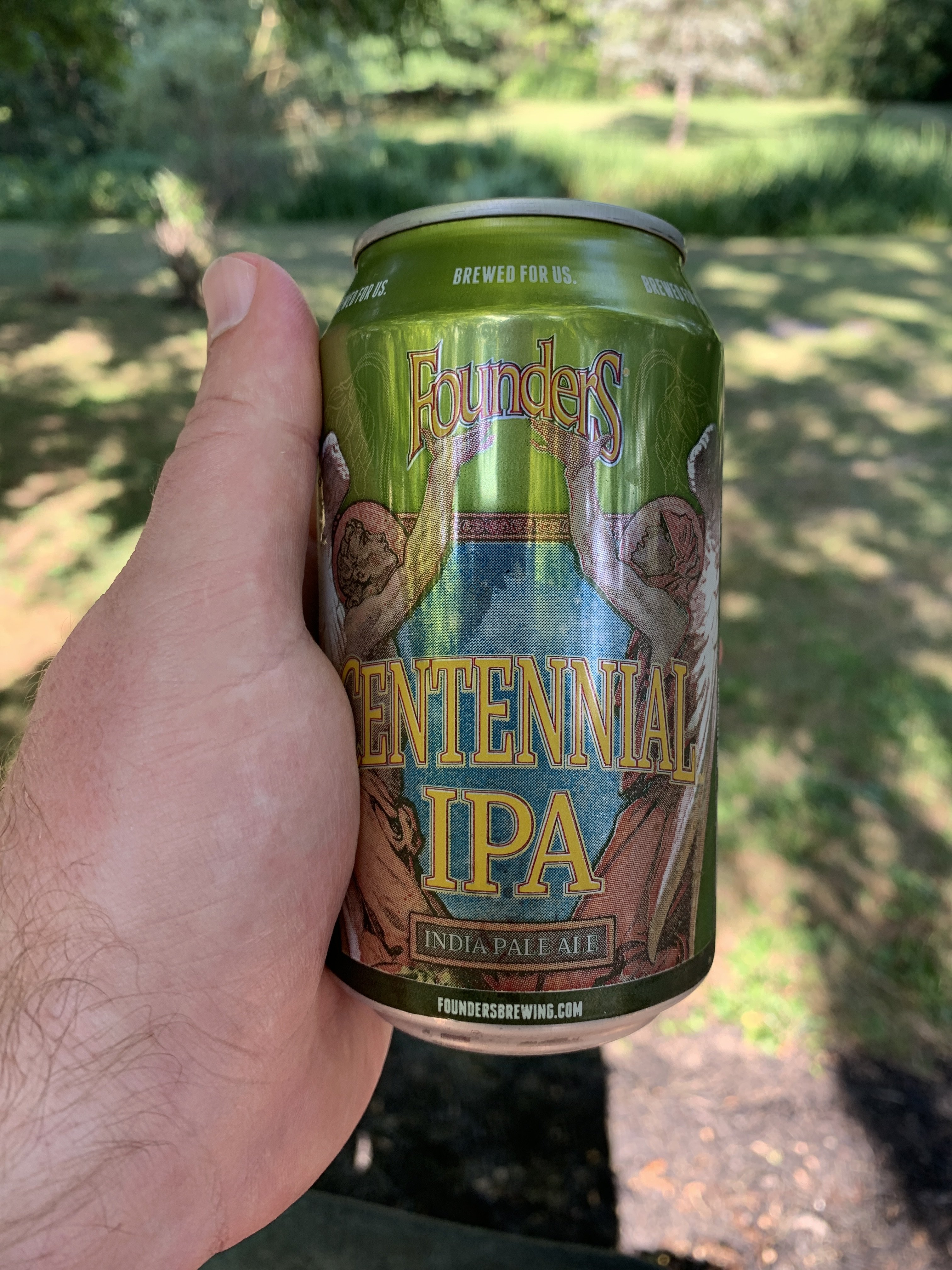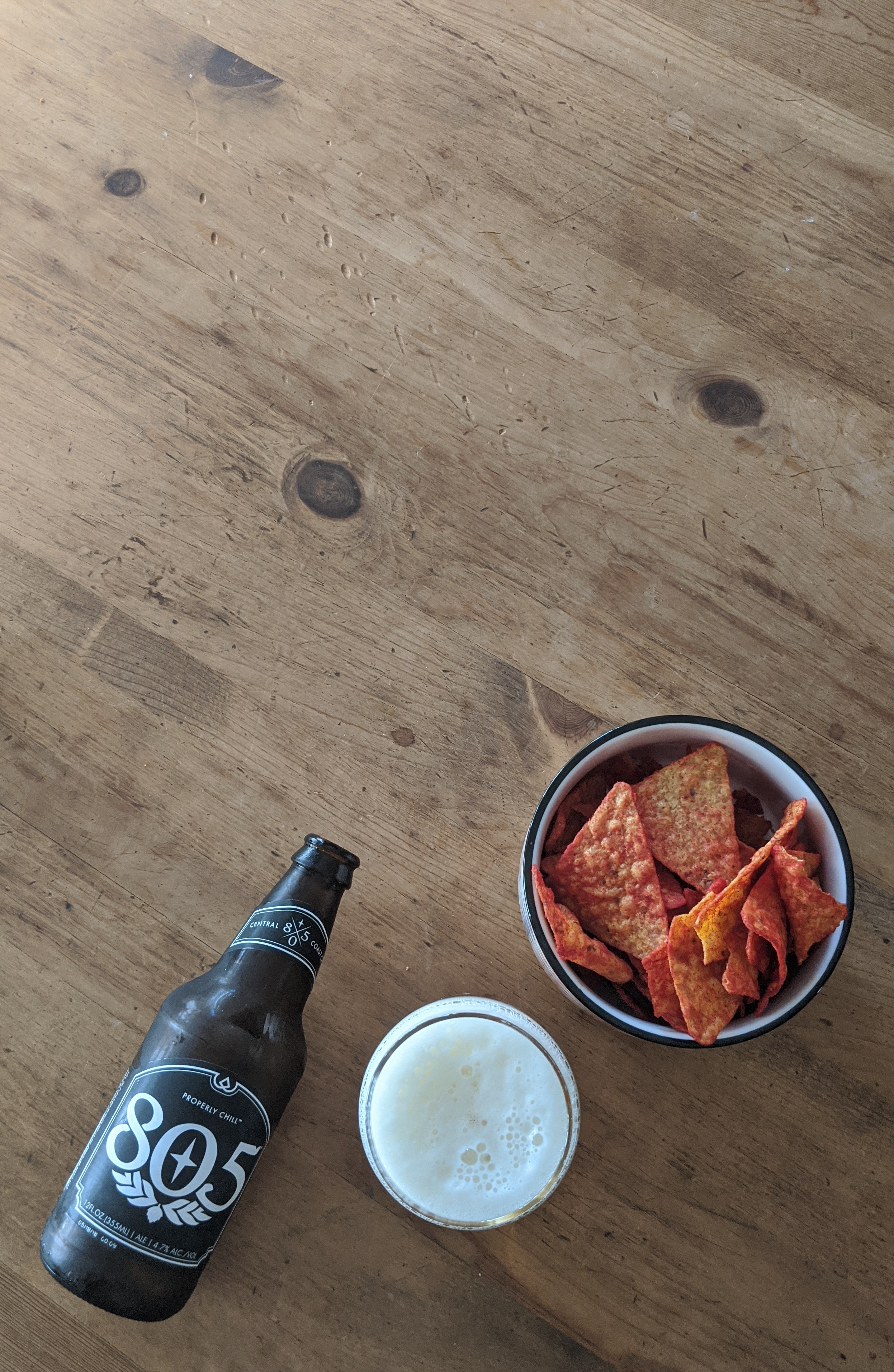I'm hate-drinking my first batch with Diamond lager yeast. If you're thinking about giving Diamond a try because you've read that it's a more reasonably priced version of 34/70, it's not. In fact, I wouldn't be surprised to learn that it isn't even a lager yeast.
You are using an out of date browser. It may not display this or other websites correctly.
You should upgrade or use an alternative browser.
You should upgrade or use an alternative browser.
What are you drinking now?
- Thread starter Dude
- Start date

Help Support Homebrew Talk:
This site may earn a commission from merchant affiliate
links, including eBay, Amazon, and others.
Kolsch with a floor tiger.
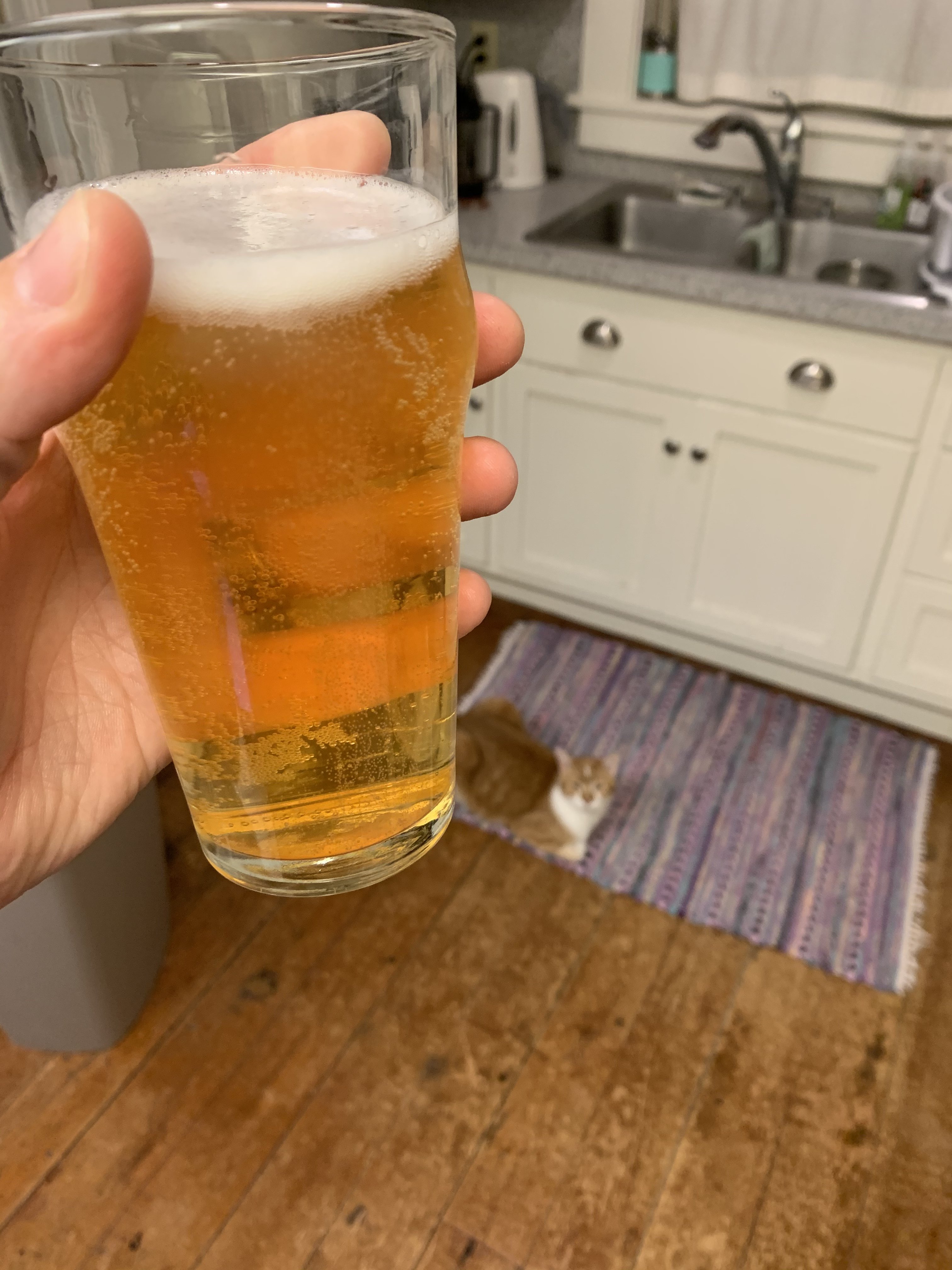

I took this pic about 6 hours ago, drank the beer with supper, sat down in the recliner, and just woke up. Welcome to harvest time.
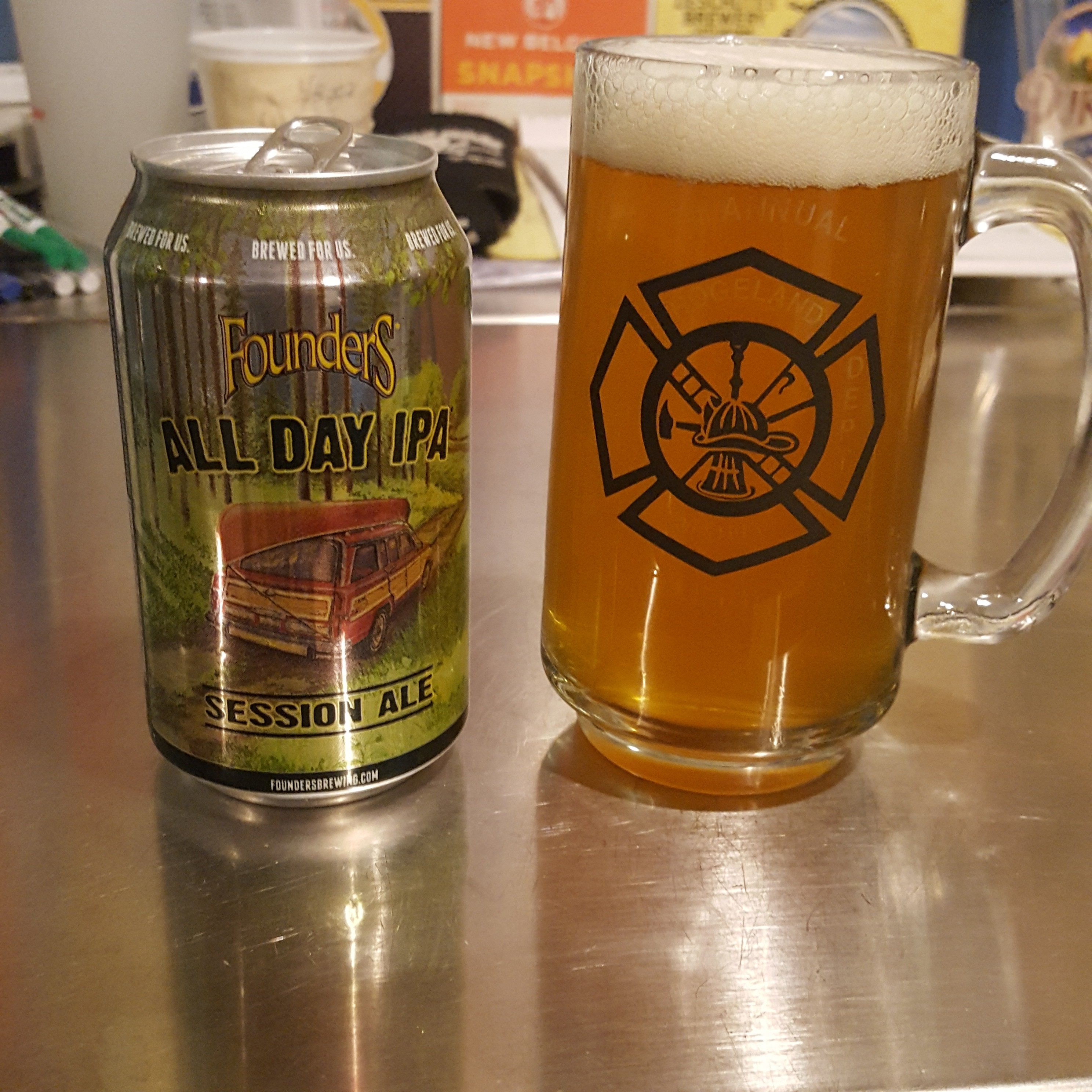

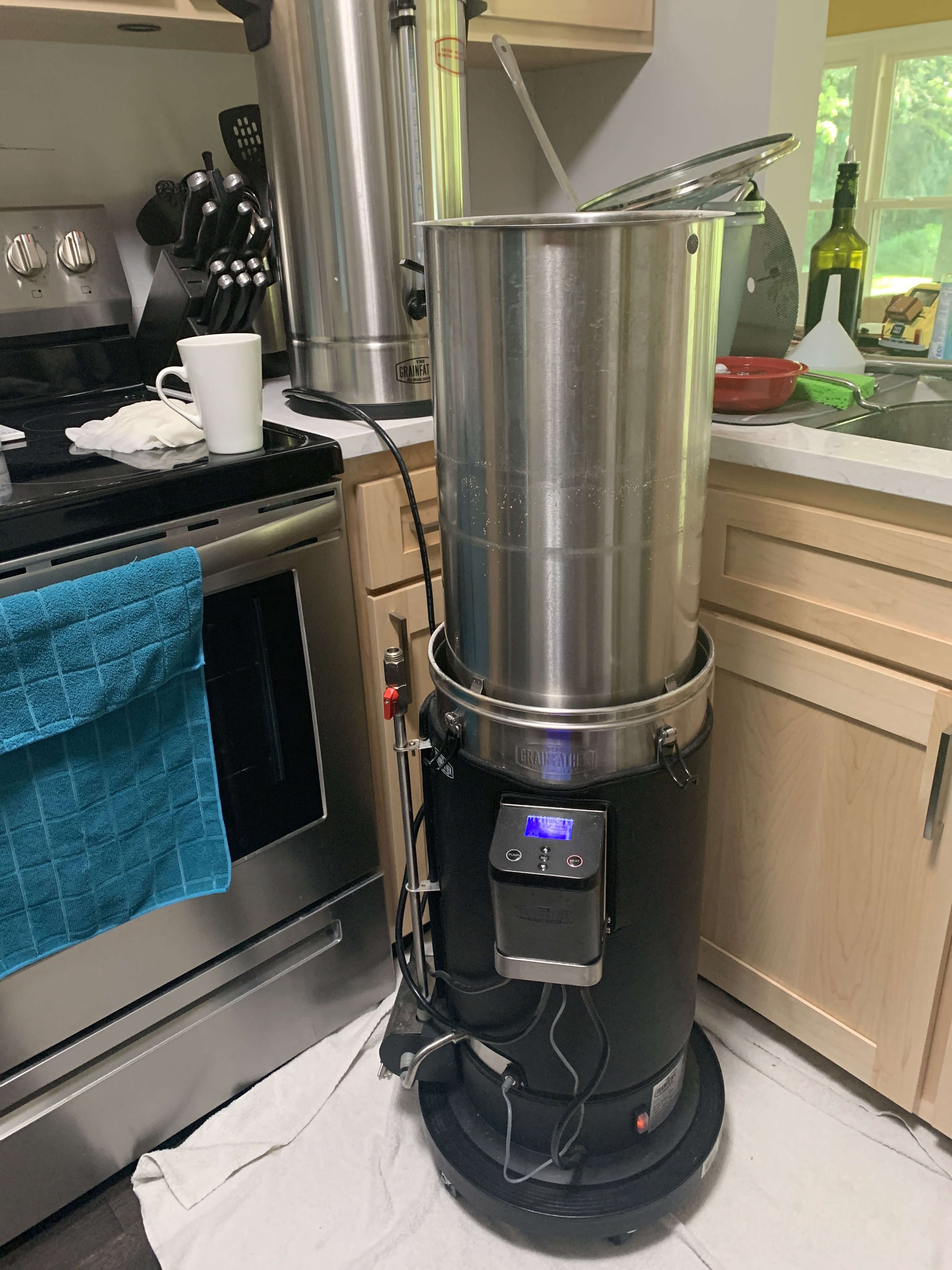
Coffee while brewing a Pilsner
What aren't you liking about it? I've used it as a replacement for 34/70 in my pilsners and can't tell a difference. I haven't done a side by side, but there was certainly nothing bad about it.I'm hate-drinking my first batch with Diamond lager yeast. If you're thinking about giving Diamond a try because you've read that it's a more reasonably priced version of 34/70, it's not. In fact, I wouldn't be surprised to learn that it isn't even a lager yeast.
Joshua Hughes
Well-Known Member
I know there is info here but I wanted to ask you. Have you brewed an Extra Stout or Foreign Extra? Is it just more of each ingredient or is there some Caramel malts, or something else? I like he extra stout over the foreign since can drink more of them at a time.Now one from the pros
View attachment 693845

$33.99 ($17.00 / Count)
$41.99 ($21.00 / Count)
2 Pack 1 Gallon Large Fermentation Jars with 3 Airlocks and 2 SCREW Lids(100% Airtight Heavy Duty Lid w Silicone) - Wide Mouth Glass Jars w Scale Mark - Pickle Jars for Sauerkraut, Sourdough Starter
Qianfenie Direct

$22.00 ($623.23 / Ounce)
AMZLMPKNTW Ball Lock Sample Faucet 30cm Reinforced Silicone Hose Secondary Fermentation Homebrew Kegging joyful
无为中南商贸有限公司

$7.79 ($7.79 / Count)
Craft A Brew - LalBrew Voss™ - Kveik Ale Yeast - For Craft Lagers - Ingredients for Home Brewing - Beer Making Supplies - (1 Pack)
Craft a Brew

$479.00
$559.00
EdgeStar KC1000SS Craft Brew Kegerator for 1/6 Barrel and Cornelius Kegs
Amazon.com

$159.50 ($26.58 / Count)
3M High Flow Series System BREW120-MS, 5616001, For Brewed Coffee and Hot Tea, Valve-in-Head Design
Amazon.com

$28.98
Five Star - 6022b_ - Star San - 32 Ounce - High Foaming Sanitizer
Great Fermentations of Indiana

$53.24
1pc Hose Barb/MFL 1.5" Tri Clamp to Ball Lock Post Liquid Gas Homebrew Kegging Fermentation Parts Brewer Hardware SUS304(Liquid Hose Barb)
Guangshui Weilu You Trading Co., Ltd

$53.24
1pc Hose Barb/MFL 1.5" Tri Clamp to Ball Lock Post Liquid Gas Homebrew Kegging Fermentation Parts Brewer Hardware SUS304(Liquid Hose Barb)
yunchengshiyanhuqucuichendianzishangwuyouxiangongsi

$176.97
1pc Commercial Keg Manifold 2" Tri Clamp,Ball Lock Tapping Head,Pressure Gauge/Adjustable PRV for Kegging,Fermentation Control
hanhanbaihuoxiaoshoudian

$20.94
$29.99
The Brew Your Own Big Book of Clone Recipes: Featuring 300 Homebrew Recipes from Your Favorite Breweries
Amazon.com

$76.92 ($2,179.04 / Ounce)
Brewing accessories 1.5" Tri Clamp to Ball Lock Post Liquid Gas Homebrew Kegging Fermentation Parts Brewer Hardware SUS304 Brewing accessories(Gas Hose Barb)
chuhanhandianzishangwu

$10.99 ($31.16 / Ounce)
Hornindal Kveik Yeast for Homebrewing - Mead, Cider, Wine, Beer - 10g Packet - Saccharomyces Cerevisiae - Sold by Shadowhive.com
Shadowhive

$719.00
$799.00
EdgeStar KC2000TWIN Full Size Dual Tap Kegerator & Draft Beer Dispenser - Black
Amazon.com

$58.16
HUIZHUGS Brewing Equipment Keg Ball Lock Faucet 30cm Reinforced Silicone Hose Secondary Fermentation Homebrew Kegging Brewing Equipment
xiangshuizhenzhanglingfengshop

$44.99
$49.95
Craft A Brew - Mead Making Kit – Reusable Make Your Own Mead Kit – Yields 1 Gallon of Mead
Craft a Brew
I haven’t, sorry. I’m sure there are lots of different recipes floating around. I’m still searching for a respectable version of the Draught recipe... nothing seems to be able to duplicate their unique flavor.I know there is info here but I wanted to ask you. Have you brewed an Extra Stout or Foreign Extra? Is it just more of each ingredient or is there some Caramel malts, or something else? I like he extra stout over the foreign since can drink more of them at a time.
Joshua Hughes
Well-Known Member
I have a Dunkel lagering in the fridge and a Helles in primary. I used diamond. Hope your experience is a one off. these are my first lagers so I have nothing to compare too. When I bought he yeast More Beer didn’t have 34/70I'm hate-drinking my first batch with Diamond lager yeast. If you're thinking about giving Diamond a try because you've read that it's a more reasonably priced version of 34/70, it's not. In fact, I wouldn't be surprised to learn that it isn't even a lager yeast.
Joshua Hughes
Well-Known Member
The ones you post sure look good though! Im really enjoy my last attempt at the Draught. What I made is “nuttier” and a little “roastier” But I’m enjoying. Wonder if it’s the small amount of sour Guinness they add? I’m sure they have some sort of super ancient yeast that we don’t either.I haven’t, sorry. I’m sure there are lots of different recipes floating around. I’m still searching for a respectable version of the Draught recipe... nothing seems to be able to duplicate their unique flavor.
I’m sure there is some perfect combination of ingredients that we either don’t know about or don’t have access to. I’ve tried every tip and hint I’ve read about plus some. I’ve done the sour beer addition, lactic acid addition, dry yeast, liquid yeast, mash roasted grain with everything, cold steep roasted grains and add late in boil, 3 different water profiles, etc, etc.... I have come close but never close enough to say “this is it!”Wonder if it’s the small amount of sour Guinness they add? I’m sure they have some sort of super ancient yeast that we don’t either.
Joshua Hughes
Well-Known Member
Makes for a cool journey!
I always have an Irish Stout on tap... some better than others. My most recent attempt used cold steeped roasted added late in the boil but it has a slight ashy/ charcoal flavor.Makes for a cool journey!
Coffee right now while I wait for a delivery to pump off.
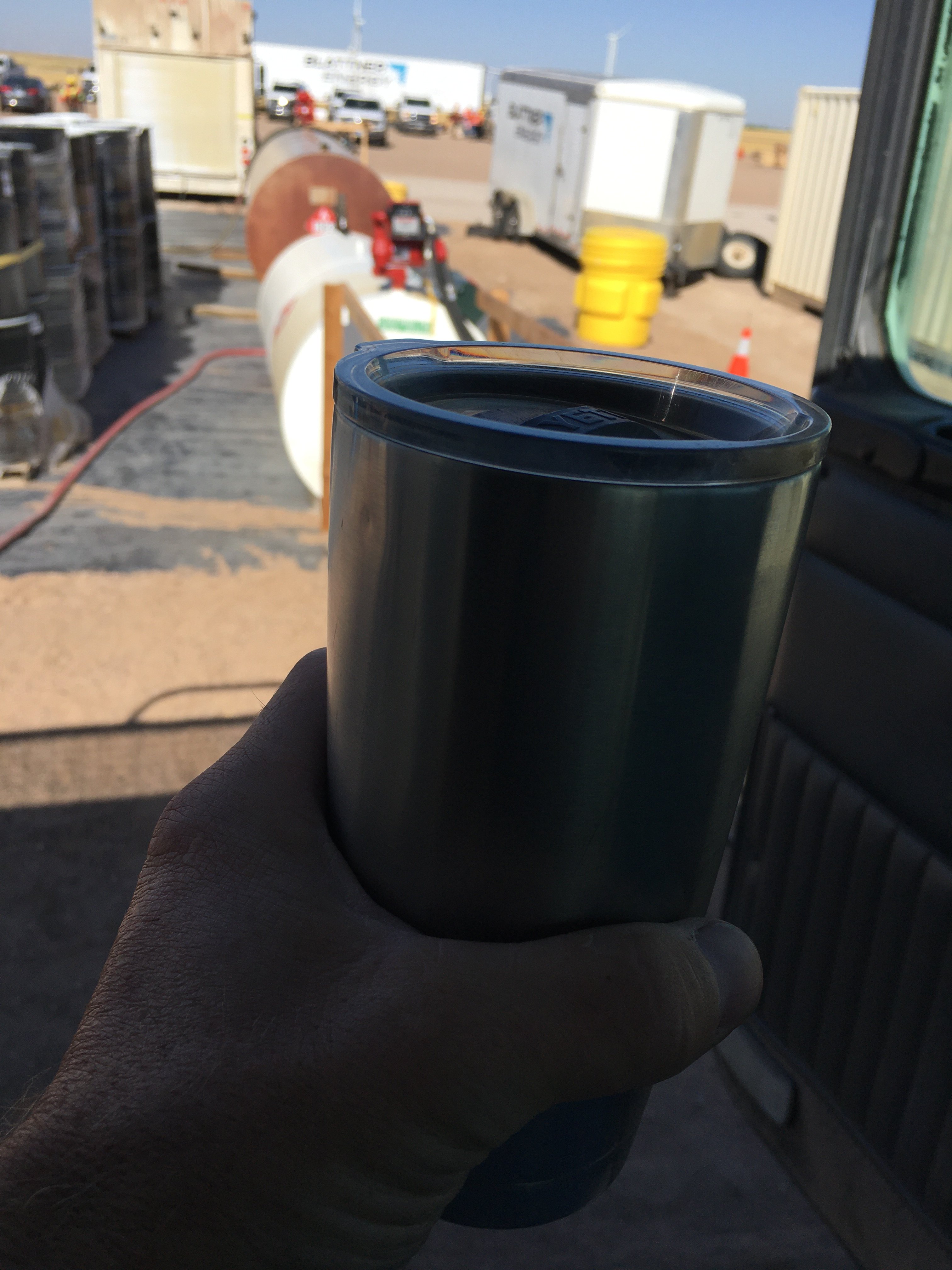
CrookedLaker
Well-Known Member
- Joined
- Oct 14, 2019
- Messages
- 130
- Reaction score
- 406
Well, I found a glass. Decided that was worth opening a weird one. Yes, it really is that thick 
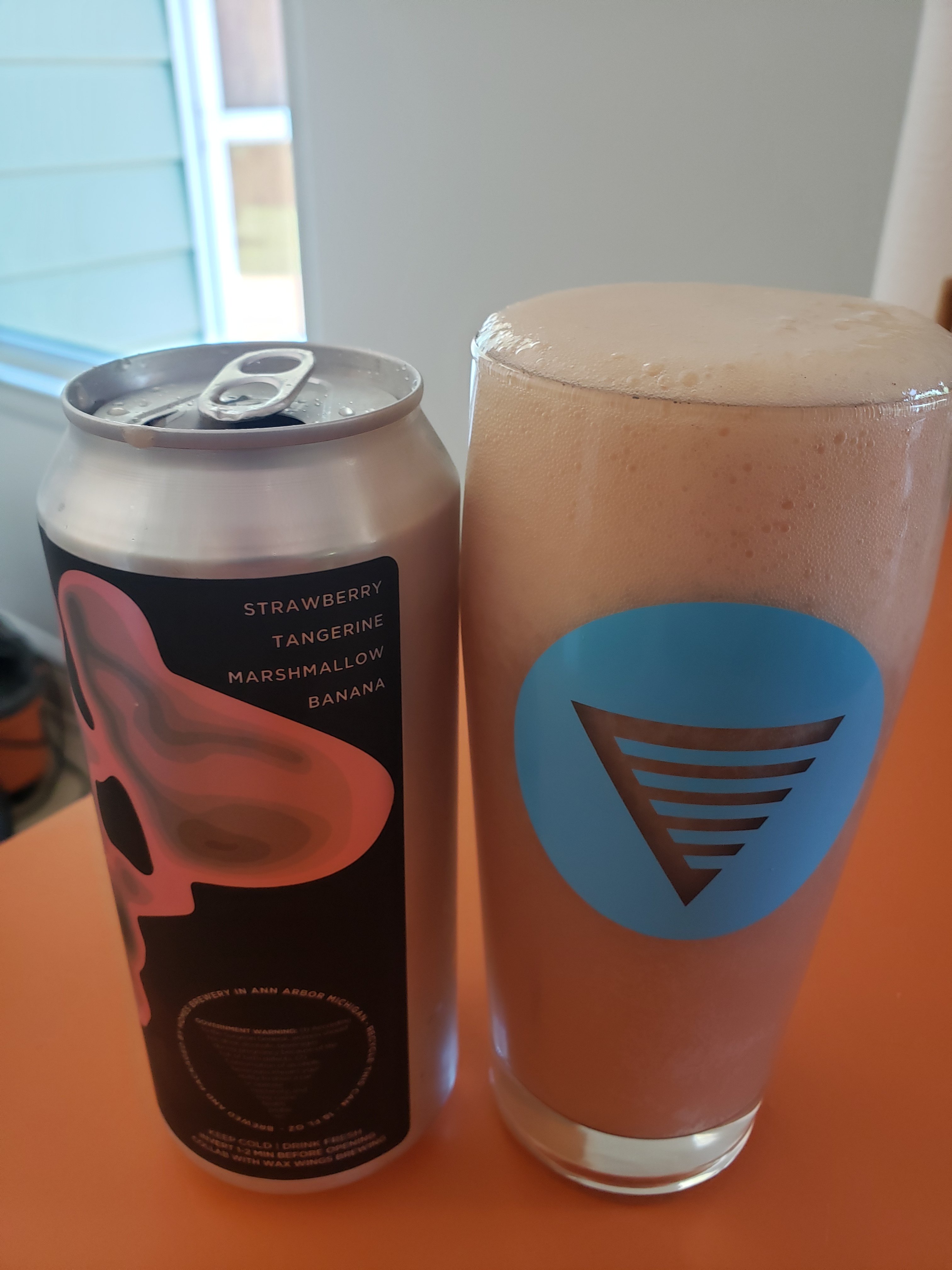
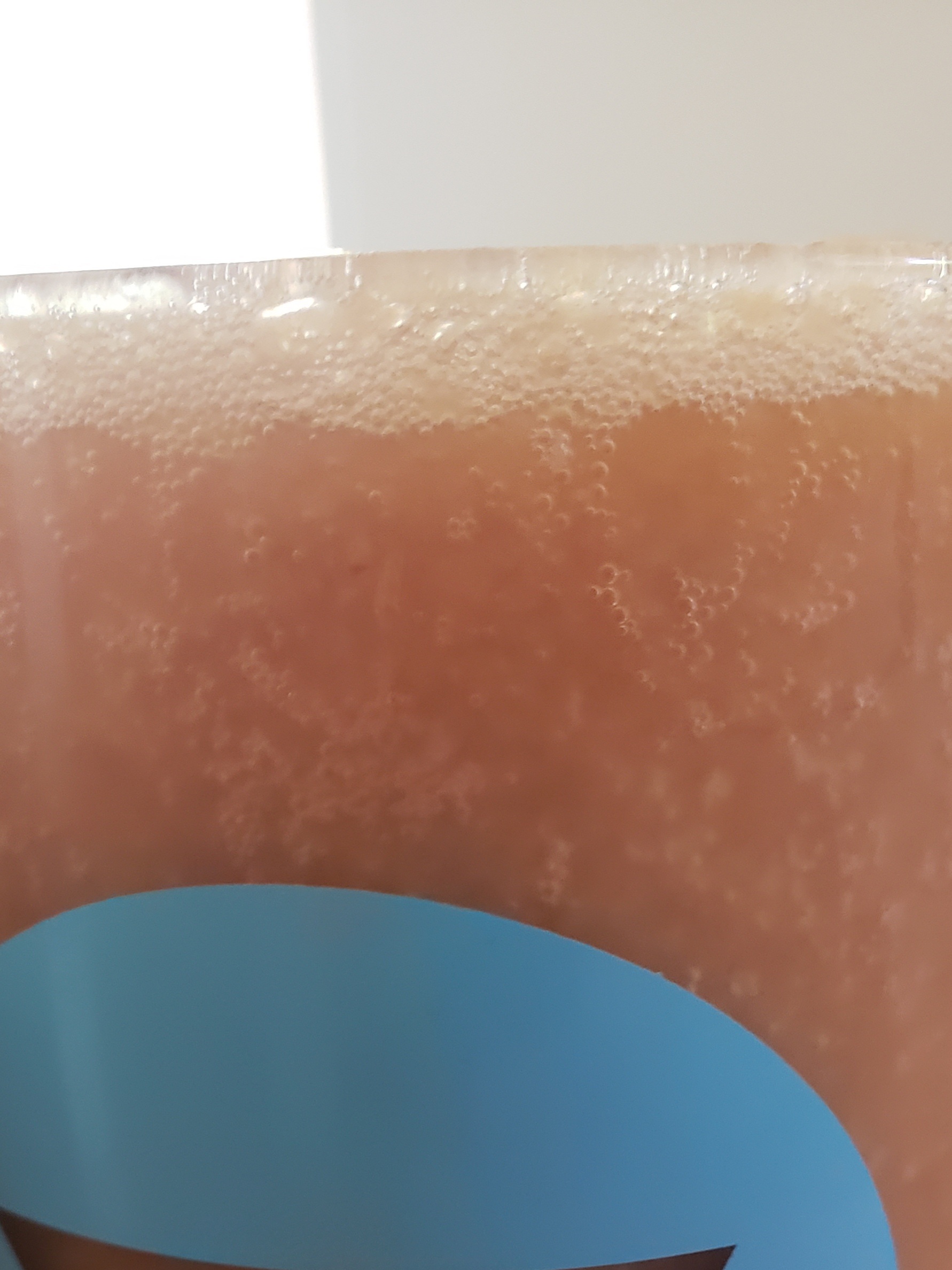


Bottling bucket leftovers. Cascade and centennial Pale ale w kveik. So far I’m unimpressed but I’m hoping for the best.
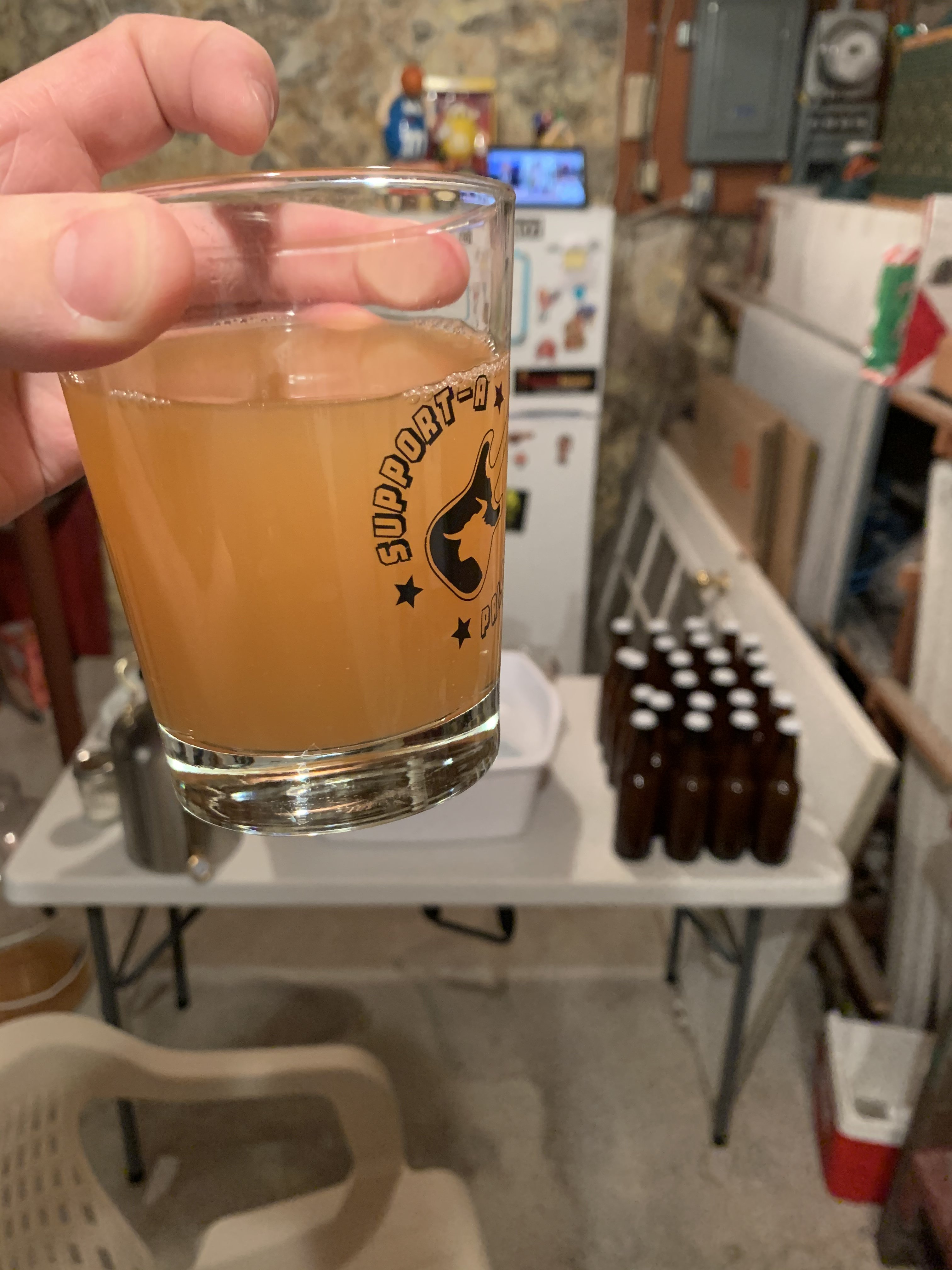

davidabcd
Detroit, Mi.
- Joined
- Jul 19, 2018
- Messages
- 3,326
- Reaction score
- 4,430
Nice looking beer but do you have any clear pictures of the "floor tiger"?Kolsch with a floor tiger.
Too many. I guess my camera was more concerned about the glass! There’s probably a few in the cats thread too.Nice looking beer but do you have any clear pictures of the "floor tiger"?

Always great to have a DDH FPPA
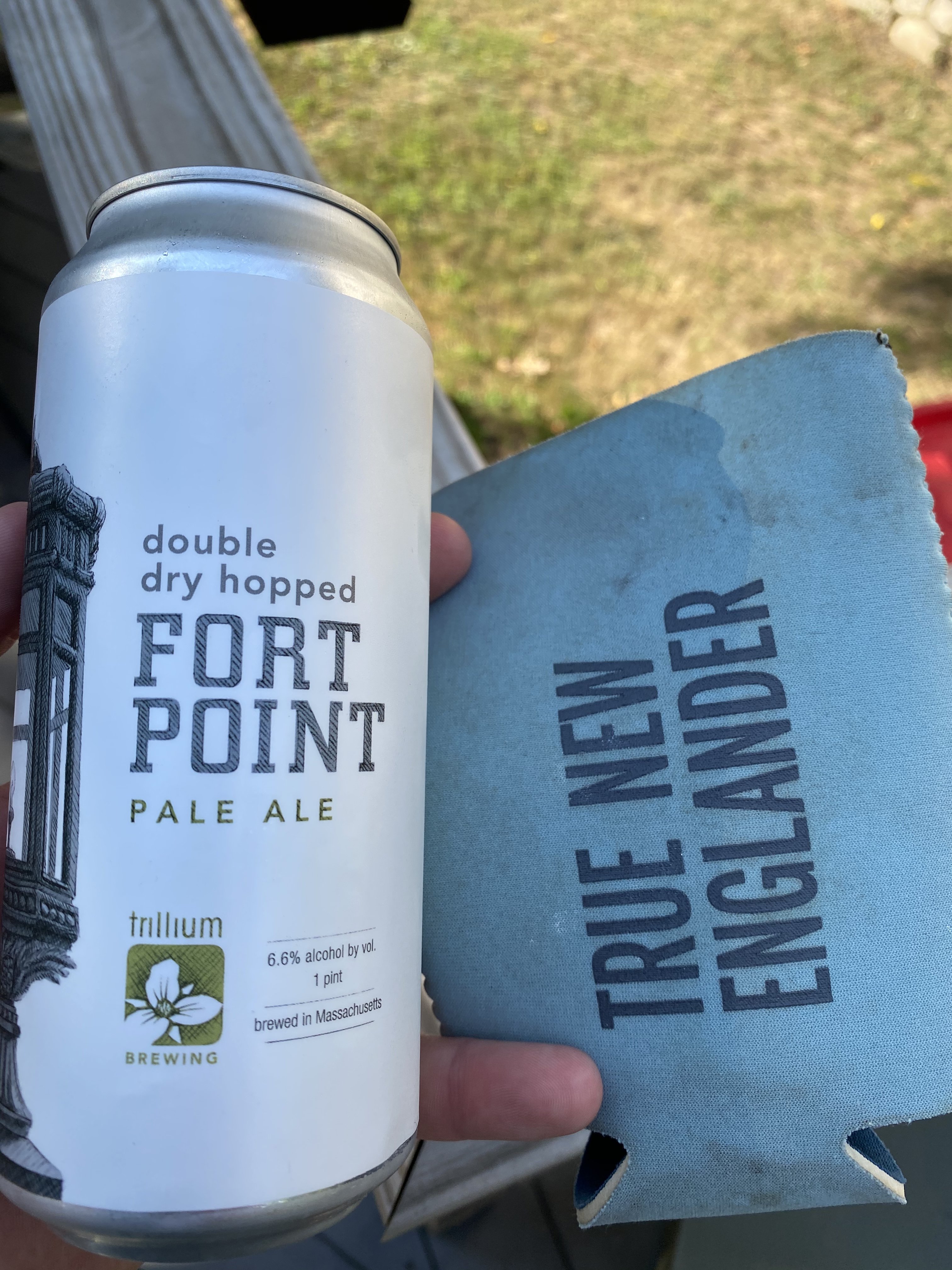

Last edited:
davidabcd
Detroit, Mi.
- Joined
- Jul 19, 2018
- Messages
- 3,326
- Reaction score
- 4,430
What a sweety! I like the cat thread as well.There’s probably a few in the cats thread too.
What aren't you liking about it? I've used it as a replacement for 34/70 in my pilsners and can't tell a difference. I haven't done a side by side, but there was certainly nothing bad about it.
It doesn't seem to perform like 34/70. I've used it in two recipes that I've developed over the years, both have established records for producing highly fermentable worts that ferment to dryness with 34/70. I've run Diamond through the same fermentation program that I use for 34/70 and Diamond really isn't happy about it.
First, Diamond is quite sluggish below 55F. My standard practice is to pitch at 50F, bump to 52 once the yeast go active, then bump to 54 at half gravity, 56 once it hits the final quarter of gravity points, then up to 60 once the yeast show signs of slowing. On the first pitch, Diamond established itself, but didn't accelerate into high krausen. I started bumping the temperature and nothing seemed to perk up Diamond until it got north of 55F. At that point, its fermentation plot started to converge with a normal 34/70 plot. Okay, the first generation of a yeast isn't always a good representation of its performance, the second pitch is sure to be better. This was harvested and pitched on the same day and, to make certain Diamond got off to the strongest start possible, I pitched really big, then waited for the fireworks to begin.....nothing. Again, Diamond was completely indifferent until it got above 55F. Under the same conditions, 34/70 would've staged a reenactment of the sack of Carthage.
Next, although Diamond is marketed as having high attenuation, I can't seem to get it to break 75% on two worts that have an established record of fermenting out to dryness with 34/70. Once it decides it's done, Diamond flocs hard. Which is great, it produces beautifully clear beer out of the fermentor. Unfortunately, it seems to like to leave several points behind that 34/70 will nibble at for a few days. There's no bumping Diamond up into the mid-60s to try to coax it to finish up a few more points, when it's done, it's done.
I'll readily admit that I'm making conclusions based upon a very small sample size. Nevertheless, I can't help but think about Diamond in the same way that I think about WY1968. I'm not saying that they're in anyway related. but they do have similar tendencies and while I was thinking about ways to coax some performance out of Diamond, I kept finding myself coming back to 1968 as a reference point. I write that as a big fan of 1968, but just as I wouldn't use '68 in dry stout or West Coast IPA, I'm thinking Diamond is the wrong tool for work I'm trying to do. I think I would like it a lot more if I had used it in a dunkel. For the time being, I'm done with Diamond. I don't see the point in learning a new yeast when 34/70 performs well and delivers an excellent result. This will also give me the opportunity to do some side-by-side comparisons between the two.
I hope this was in some way useful.
user 263314
Member
- Joined
- Feb 16, 2019
- Messages
- 7
- Reaction score
- 32
Waiting for the chicken vindaloo to finish. This would be a good boat beer


orionol73
Well-Known Member
TwistedGray
El Jefe Brewing Company
Anyone want to hit up the river next week to do some floating, cliff jumping, and drinking? Greenfield / King City area (Cali.)...going to be roasting, so thinking of burning up a sick day.
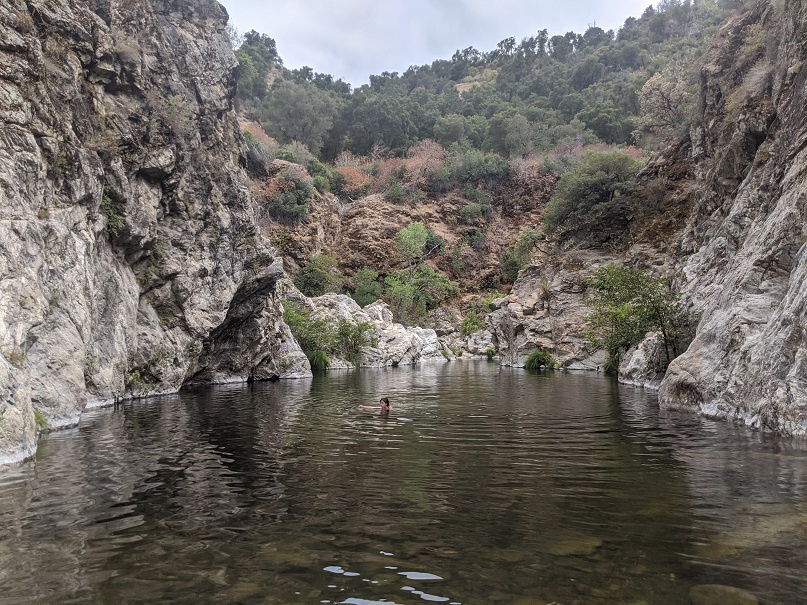
OT: Water
This isn't that bad - a little malty, grainy flavor to it. It does the job on a day like today!! It is hot for the central coast; the beaches are going to be an absolute nightmare this weekend...will stay at home dying instead.

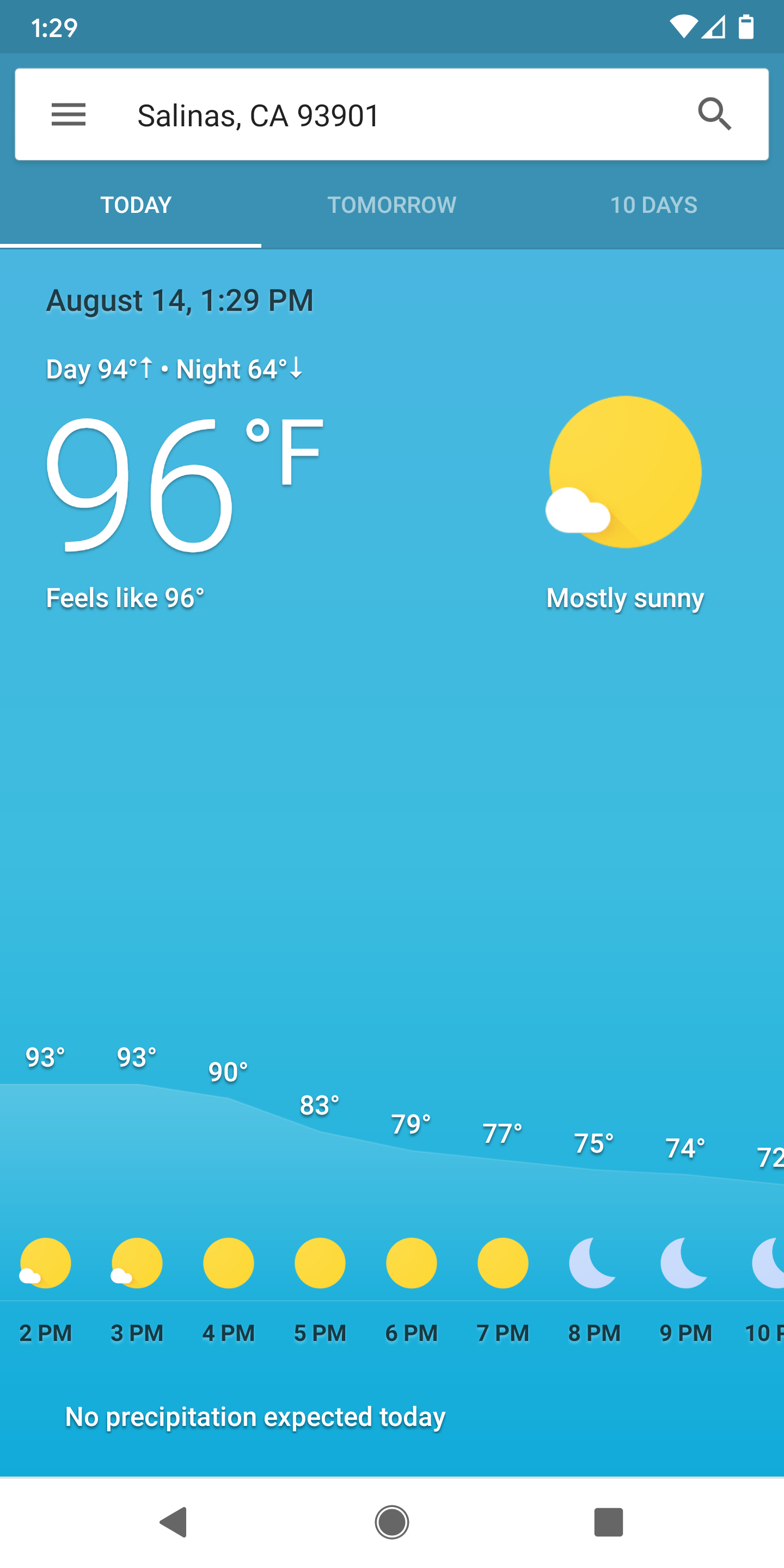

OT: Water
This isn't that bad - a little malty, grainy flavor to it. It does the job on a day like today!! It is hot for the central coast; the beaches are going to be an absolute nightmare this weekend...will stay at home dying instead.


$1 bin score!


TwistedGray
El Jefe Brewing Company
Sounds tempting. If it were any other time of year I would definitely consider it. With schools opening (remote anyway), we're super busy. I heard today King City may approach 110 degrees the next few days.Anyone want to hit up the river next week to do some floating, cliff jumping, and drinking? Greenfield / King City area (Cali.)...going to be roasting, so thinking of burning up a sick day.
View attachment 693928
OT: Water
This isn't that bad - a little malty, grainy flavor to it. It does the job on a day like today!! It is hot for the central coast; the beaches are going to be an absolute nightmare this weekend...will stay at home dying instead.
View attachment 693929
View attachment 693930
Similar threads
- Replies
- 13
- Views
- 1K
- Replies
- 23
- Views
- 1K
American Pale Ale
Sub 4% ABV Competition Entry - West Coast "Micro IPA"
- Replies
- 2
- Views
- 1K



























![Craft A Brew - Safale BE-256 Yeast - Fermentis - Belgian Ale Dry Yeast - For Belgian & Strong Ales - Ingredients for Home Brewing - Beer Making Supplies - [3 Pack]](https://m.media-amazon.com/images/I/51bcKEwQmWL._SL500_.jpg)














